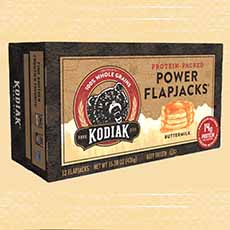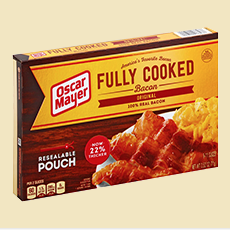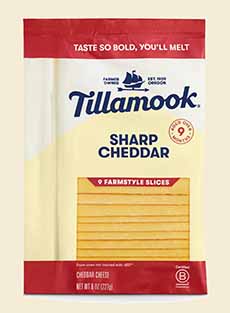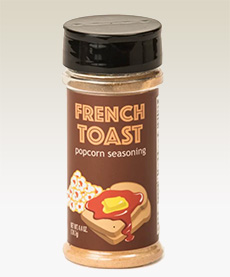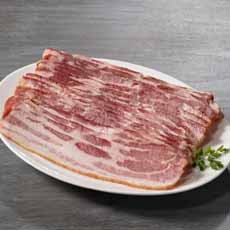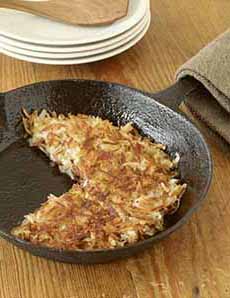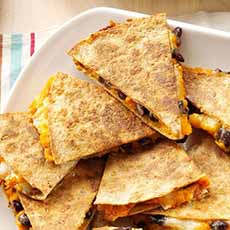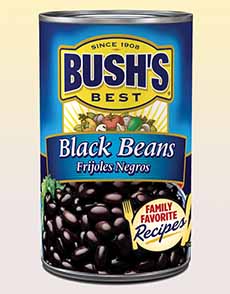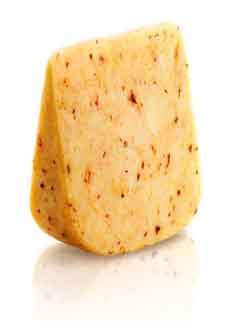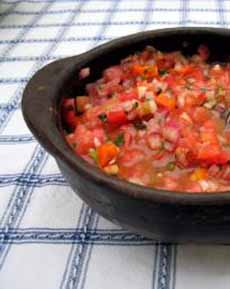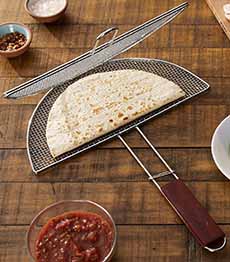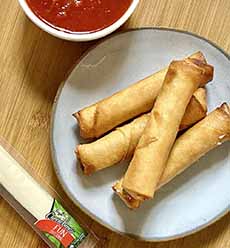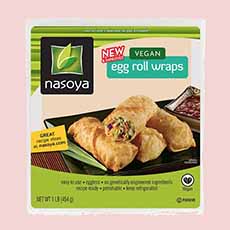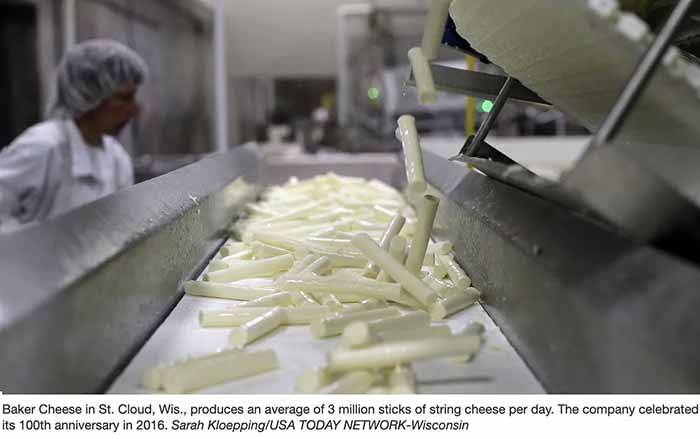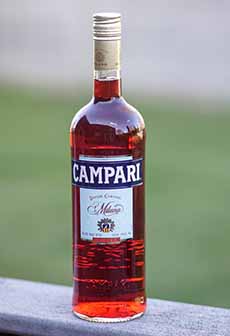| What would later be known as breakfast sandwiches crossed the pond, and became increasingly popular in the U.S. after the Civil War.The breakfast sandwich become a staple among other blue collar workers for the same reason: convenience.The First Breakfast Sandwich Recipe
The first known published recipe for a “breakfast sandwich” was in an 1897 American cookbook called “Breakfast, Dinner and Supper” [source].
In Breakfast: A History, Heather Arndt Anderson writes that the first recipe for “a true breakfast sandwich” appears in that cookbook with these instructions:
“Use stale bread. Spread each slice with chopped meat; cover with another slice and press together” [source].
Fortunately, the breakfast sandwich evolved.
Different types of breakfast sandwiches came to reflect regional tastes, mostly variations of a bacon sandwich, an egg sandwich, a sausage sandwich, and various combinations thereof, some with cheese. For example:
- The Denver Sandwich, also known as a Western sandwich, places a Denver/Western omelet—ham, onion, green bell pepper, and scrambled eggs—between two pieces of toasted bread.
- The Jersey Breakfast Sandwich features sliced pork roll (processed meat), egg and cheese.
- Biscuits are the bread of choice for Southern breakfast sandwiches, although the fillings can be the same as elsewhere: bacon, egg, cheese, and perhaps a local favorite, country ham.
Bagel Sandwiches
Bagels, the base of one of today’s most popular breakfast sandwiches, were brought to New York City by Polish immigrants in the late 1800s. Originally buttered, they eventually teamed up with cream cheese (invented in New York State in 1872) and smoked salmon.
While the smoking of food likely dates back to the paleolithic era, the first salmon salmon was hot-smoked salmon, which did preserved the fish and did not require refrigeration.
The boom of European immigration around the beginning of the 20th century brought people from Poland, Russian, and Scandinavia, countries with long traditions of fish-smoking.
This talent pool helped to develop and perfect cold smoking. Cold smoking cures raw fish, which is then smoked for flavor. The finished product is still raw—but with a soft, silky texture—and requires refrigeration.
New York City, especially in Brooklyn, emerged as the fish-smoking capital of America [source]. Cold-smoked salmon turned out to be the perfect fish to grace a bagel.
Fast Food Breakfast Sandwiches
The breakfast sandwich exploded in the 1950s and 1960s, when Americans moved from cooking everything from scratch, to augmenting their fare with convenience foods.
The fast food industry was pivotal to the growth of the breakfast sandwich.
Jack in the Box offered a breakfast sandwich of egg, meat, and cheese on an English muffin as early as 1969. But it was at McDonald’s, with coast-to-coast locations, where the breakfast sandwich really caught on.
In 1971, food scientist and advertising executive Herb Peterson invented the Egg McMuffin. He was trying to create a version of Eggs Benedict.
A favorite food of his, he needed a version that didn’t require hollandaise sauce and therefore could be sold at his six McDonald’s franchises in and around Santa Barbara, California.
His Egg McMuffin, an egg sandwich on a toasted English muffin, consisted of an egg fried in a Teflon ring with the yolks broken, topped with Canadian bacon and a slice of cheese.
He introduced the Egg McMuffin at his McDonald’s in Goleta, California in 1972, and rolled it out to all of his restaurants before introducing it to McDonald’s chairman Ray Kroc.
Needless to say, it was a hit and was rolled out to all locations in 1976.
In a time when breakfast was a sit-down meal, Egg McMuffin could be eaten on the go.
How popular is the Egg McMuffin? Customers demanded that it be served throughout the day, with the result that McDonald’s buys 5% of all eggs sold in the U.S. [source]
The Breakfast Burrito
Following on the heels of the Egg McMuffin was the next breakfast sandwich innovation, the breakfast burrito.
Although a rolled tortilla containing some combination of eggs, bacon, potatoes, and cheese had long existed in New Mexican cuisine, Tia Sophia’s, a diner in Santa Fe, claims the first use of the term “breakfast burrito” on a menu, in 1975.
When people in other areas of the country heard of it, it became a staple, and McDonald’s introduced its version in the late 1980s.
By the 1990s, more fast food restaurants launched breakfast burritos, including Carl’s Jr, Hardee’s, and Sonic Drive-In. But it took until 2014 for Taco Bell to offer breakfast burritos [source].
There are now breakfast tacos, as well.
And More
Burger King used a croissant to make a breakfast sandwich called the Croissan’wich, or croissant sandwich, launching in 1983. It contains an egg, sausage patty, and American cheese.
Dunkin’ Donuts followed suit, with a fried egg, sausage patty, and American cheese on a croissant (but only BK can use the trademarked term, Croissan’wich).
In 1983, McDonald’s introduced the McGriddles breakfast sandwich, but without bread. It consists of bacon, a scrambled egg, and American cheese between two maple-flavored griddle pancakes (embossed with the McDonald’s logo, no less).
Today, breakfast sandwiches on bagels, biscuits, and other breads and wrappers abound, not to mention more sandwiches with pancakes and waffles replacing the bread. What’s next?
As soon as America moves beyond avocado toast, we’ll report it here.
|

